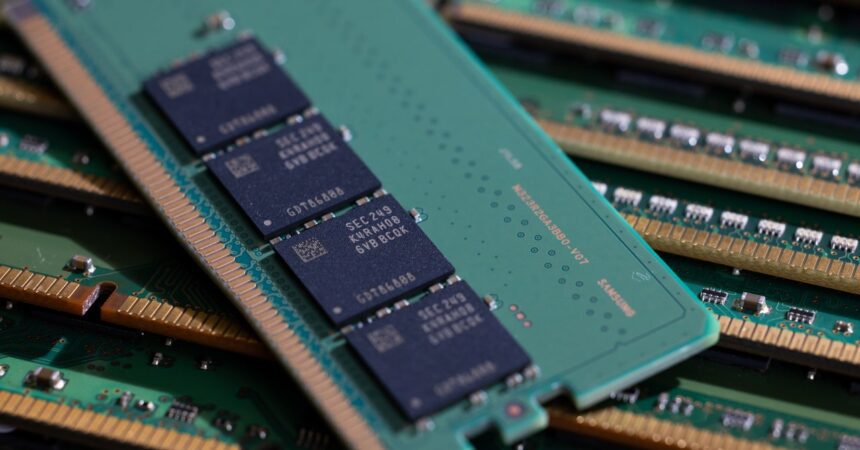Understanding DDR5 Memory: The Next Evolution in RAM Technology
As technology progresses, so do the components that power our computers. One significant change that has emerged in recent years is the transition from DDR4 (Double Data Rate 4) memory to DDR5. This next generation of RAM boasts several enhancements that promise better performance, increased efficiency, and improved overclocking capabilities. In this post, we’ll explore what sets DDR5 apart from its predecessor, address common misconceptions, and highlight news and developments in the world of memory technology.
What is DDR5 Memory?
DDR5 memory is the latest standard for dynamic random-access memory (DRAM), designed to handle the demands of modern computing tasks more effectively. It was first introduced in 2020 and aims to address the growing need for faster and more efficient RAM, particularly as multi-core processors and demanding applications become more prevalent.
Key Improvements Over DDR4
-
Increased Data Rates:
DDR5 memory starts with a data rate range of 4800 MT/s (million transfers per second) and is expected to go well beyond 8400 MT/s as the technology matures, effectively doubling the bandwidth compared to DDR4, which caps at around 3200 MT/s. This increase is crucial for processor-heavy tasks, such as gaming, video editing, and data analysis. -
Lower Power Consumption:
DDR5 operates at a lower voltage of around 1.1V, compared to DDR4’s typical 1.2V. This reduction may not significantly decrease power supply requirements but allows for better performance per watt, making systems more energy-efficient. -
Power Management on the Module:
Unlike DDR4, where power management is handled by the motherboard, DDR5 incorporates its power management integrated circuit (PMIC) onto the memory module itself. This setup provides more consistent performance across varying workloads and reduces latency. -
Improved Latency Management:
While DDR5 may have higher CAS latency (from 32 and above compared to DDR4’s usual 16), the increased speed can mitigate the performance drawbacks. The faster data rates can provide overall better performance in applications that can leverage that bandwidth, even if more cycles are required to complete individual tasks. -
Dual-Channel Architecture:
DDR5 memory introduces a two 32-bit channel architecture from the single 64-bit channel of DDR4. This design effectively doubles the number of banks available for reading and writing data, enhancing the memory’s ability to handle simultaneous tasks, an essential feature for modern multi-core CPUs. - Error Correction Code (ECC):
DDR5 memory modules often include an improved form of ECC, which corrects errors on each bank before sending data to the memory controller, thereby enhancing data integrity. This feature, previously seen in server-grade RAM, now benefits even consumer-level components.
Current Market Trends and Pricing
As of late 2023, DDR5 memory has become more accessible to consumers. Initially, prices were exorbitantly high, sometimes almost double that of DDR4, due to limited availability and adoption. However, the landscape has shifted as manufacturers scaled production and more motherboards began to support DDR5, leading to competitive pricing. Consumers can expect to find DDR5 memory options at prices comparable to those of DDR4, depending on brand and specifications.
Choosing the Right Memory for Your Needs
If you’re building a new system, opting for DDR5 makes the most sense given its enhanced capabilities. Most new motherboards support DDR5, and by future-proofing your setup, you can ensure compatibility with the latest technology for years to come. Conversely, if you’re upgrading an existing system that does not support DDR5, you will need to stick with DDR4.
Conclusion
As we advance into an era where high-performance computing becomes increasingly standard, DDR5 memory stands out as a crucial component for anyone seeking to build or upgrade their PCs. With its significant improvements in speed, efficiency, and capability, DDR5 not only meets the demands of modern technology but paves the way for even greater advancements in the future. Whether you’re a gamer, creative professional, or simply someone looking to enhance their computing experience, investing in DDR5 can lead to notable performance gains.
Keep an eye on developments in the memory sector, as we continue to explore innovations that will further transform how we use technology in our daily lives.










